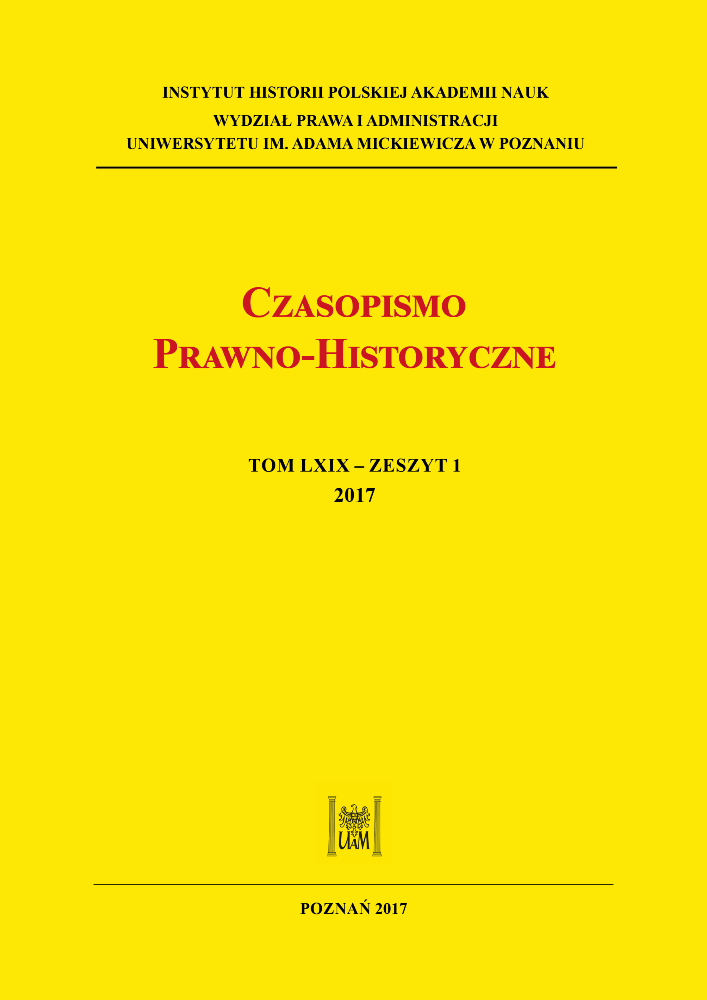Abstract
Numerous changes were made in the Polish legal system in the interwar period. Not only did the unification and codification of common law take place but also of the regulations present in the court-martial. However, the court-martial regulations were compiled in a completely different way. The Codification Commission was not concerned in the issue at all. All of the unification and codification work in the armed forces was completed atthe Ministry of Military Affairs. Since the very beginning of the Polish Republic, there was awareness that one of the priorities of the forming army was the need to unify the military criminal procedure. This goal was achieved relatively fast as it was finished by the mid-1920s. It was possible due to the limitation of doctrinal discussions and due to the involvement of a small circle of military attorneys in the process. The criminal procedure of the Austrian military from 1912 was adopted as the unification solution after it was appropriately adjusted to the realities of the system and to the organization of the Polish army. The codification of the military criminal procedure did not take place until the mid- 30s of the 20th century. The development of the code was entrusted to Colonel Marian Buszyński from the Department of Justice of the Ministry of Military Affairs. He prepared the code of military criminal procedure in 1936. It combined the prior experiences of the military justice with the model of the criminal procedure present in common courts. Despite the indubitable similarities with the common criminal procedure, the military code was an original work. It included numerous and distinct legal solutions. Among them were both the ones which were completely different from the civilian procedure due to the specificity of the army as well as the solutions which functioned previously only in the sphere of doctrinal discussions.
License

This work is licensed under a Creative Commons Attribution-NonCommercial-NoDerivatives 4.0 International License.




